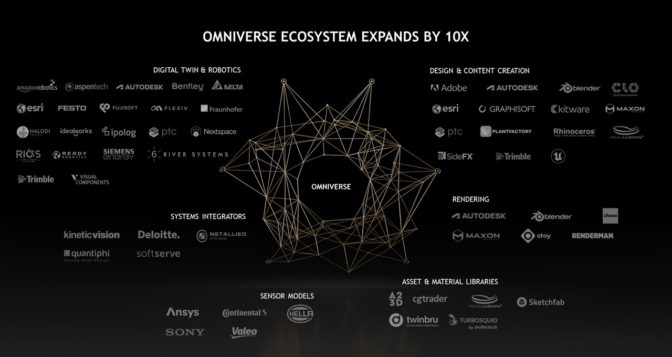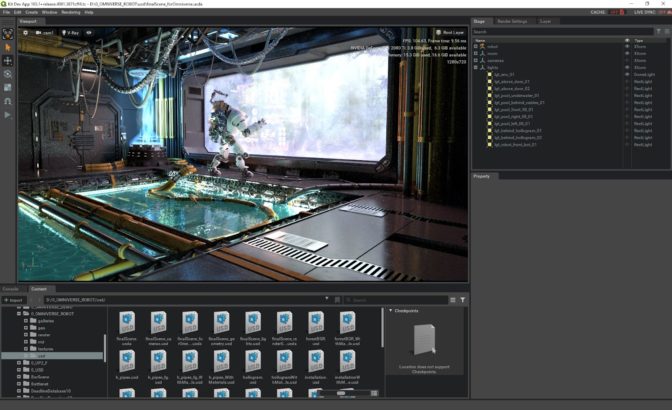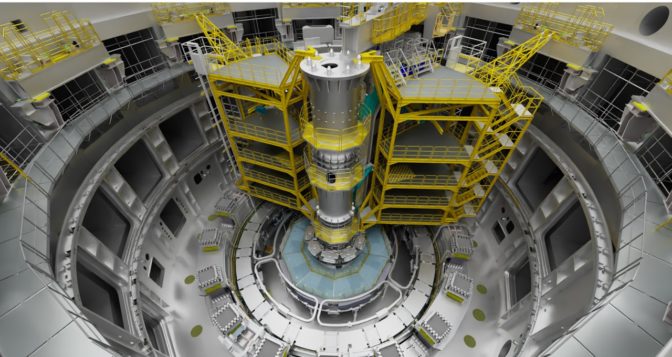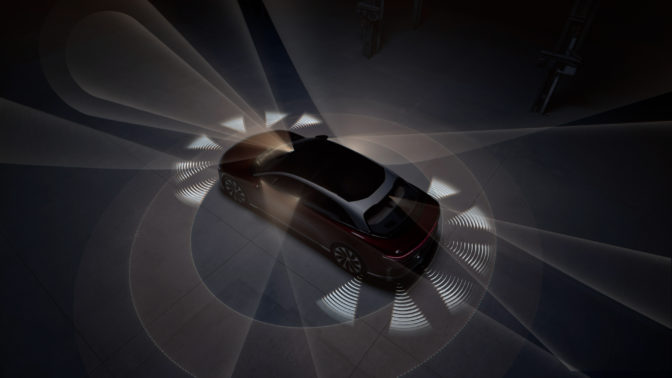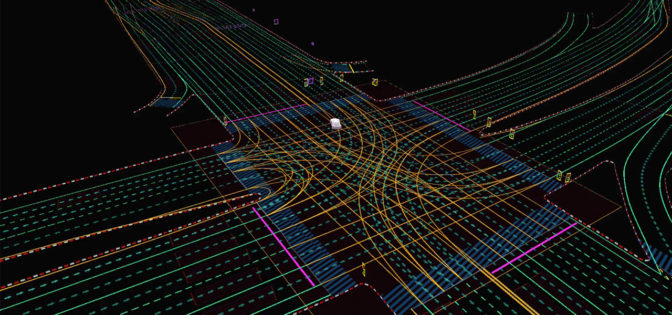Four NVIDIA Inception members have been selected as the first cohort of startups to access Cambridge-1, the U.K.’s most powerful supercomputer.
The system will help British companies Alchemab Therapeutics, InstaDeep, Peptone and Relation Therapeutics enable breakthroughs in digital biology.
Officially launched in July, Cambridge-1 — an NVIDIA DGX SuperPOD cluster powered by NVIDIA DGX A100 systems, BlueField-2 DPUs and NVIDIA InfiniBand networking — brings together NVIDIA’s decades-long work in accelerated computing, AI and life sciences. Located between London and Cambridge, it ranks among the world’s top 50 fastest computers and is powered by 100 percent renewable energy.
The supercomputer’s five founding partners have already been using it to advance healthcare, using AI to research brain diseases like dementia, design new drugs and more.
Now, the four startups are preparing to use Cambridge-1 to accelerate drug discovery, genome sequencing and disease research.
Each is a member of NVIDIA Inception, a free program that nurtures startups revolutionizing industries with cutting-edge technology. Inception gives members a custom set of ongoing benefits, such as NVIDIA Deep Learning Institute credits, marketing support and technology assistance from experts.
Alchemab Therapeutics: Discovering Antibody Therapeutics
Alchemab Therapeutics is identifying novel drug targets and therapeutics, and building patient stratification tools, with an initial focus on neurodegenerative conditions and cancer.
The company’s antibody drug discovery engine is being built on “nature’s most effective search engine: adaptive immunity,” according to Jake Galson, head of technology at Alchemab. This is the type of immunity developed when a person’s immune system responds to a pathogenic protein, such as those produced by cancers, or a foreign microorganism, like after an infection.
Alchemab’s platform sequences B-cells, which produce antibodies that fight disease, and computationally analyzes antibody responses among individuals who are susceptible but resilient to certain diseases.
“Approximately 10 trillion human antibody variants are possible, and having access to Cambridge-1 gives us a unique opportunity to learn meaningful representations from such an enormous body of data,” Galson said. “This will increase our understanding of antibody structure and function, and ultimately contribute to the discovery and development of novel therapeutics.”
Attend Alchemab’s session on deciphering the language of antibodies at GTC, a global AI conference running through March 24.
InstaDeep: Creating Decision-Making Systems for Biology
InstaDeep, an Elite member of the NVIDIA Partner Network, delivers AI-powered decision-making systems for the development of next-generation vaccines and therapeutics.
The company is looking to train a large AI language model using genomics data — and share the model with healthcare researchers to use for protein design and molecular dynamics simulations.
“There are over 12 billion nucleotide sequences from 450,000 species that are publicly available,” said Karim Beguir, co-founder and CEO of InstaDeep. “Researchers and life science professionals could benefit tremendously from a large-scale model providing data-driven insights from genome sequencing.”
Access to Cambridge-1, Beguir said, will enable InstaDeep to significantly scale the startup’s “compute capabilities and ambitions, and tackle exciting challenges in the development of novel treatments for patients.”
Learn more about how AI language models are applied in biology at InstaDeep’s GTC session on revolutionizing protein research with high performance computing.
Peptone: Providing Insight About Disordered Proteins
Peptone, a startup that received early approval to access Cambridge-1 last fall, is developing a physics engine called Oppenheimer, which will help deliver precise structural insights about intrinsically disordered proteins (IDPs), or proteins that lack a fixed 3D structure.
Diseases that stem from IDPs are usually difficult to treat, but Cambridge-1 will give Peptone the power to potentially “transform a typically undruggable IDP into a plausible drugging target,” said Kamil Tamiola, founder and CEO of Peptone.
“The supercomputer will enable us to perform high-throughput inference on millions of proteins in parallel and in a matter of hours,” Tamiola said. “Oppenheimer integrates advanced atomistic biophysical experiments with a next-generation supercomputing stack built on NVIDIA DGX A100 systems.”
Ultimately, the company will use the calculations to develop a proprietary and first-in-class line of drugs targeting selected IDPs.
Relation Therapeutics: Mapping the Causes of Disease
Another startup, Relation Therapeutics, combines single-cell profiling, human genetics, functional genomics and machine learning to better understand human biology.
RelationTx uses graph-based recommender system technologies to reveal causal relationships in diseases. RelationTx’s platform can identify the areas of biology to focus on for drug discovery and accelerate research efforts for diseases that have not yet been widely studied.
The company aims to transform how drug discovery and development is conducted, leading to new treatments for disease, according to Lindsay Edwards, chief technology officer at RelationTx.
“Ultimately, our mission is to get new medicines to patients who need them, faster and more efficiently than the current paradigm,” Edwards said. “Access to Cambridge-1 opens up areas of biology that were almost impossible to understand before, such as how genetic variation affects gene expression in inaccessible complex tissues and organ systems.”
Learn More About AI in Healthcare
Groundbreaking work in digital biology is to come from these startups — and Cambridge-1’s founding companies are already harnessing its power.
Using the supercomputer, AstraZeneca and NVIDIA developed the latest iteration of MegaMolBART, a natural language processing model that reads the text format of chemical compounds and uses AI to generate new molecules. The transformer chemistry model is capable of training chemical language models with over 1 billion parameters using the NVIDIA NeMo Megatron framework.
Learn more about AI-based innovation at GTC, where Kimberly Powell, vice president of healthcare at NVIDIA, will discuss how researchers, developers and medical device makers use the NVIDIA Clara platform to create breakthroughs in healthcare and drug discovery.
Watch NVIDIA founder and CEO Jensen Huang’s GTC keynote address.
Subscribe to NVIDIA healthcare news.
The post First Wave of Startups Harnesses UK’s Most Powerful Supercomputer to Power Digital Biology Breakthroughs appeared first on NVIDIA Blog.

